The 10 Driest Places on Earth

Intro

Sometimes it seems like summer stretches into a hot, dry mess. But there are some places on the globe where being dry is taken to an entirely new level.
Read on to find out about spots where rain rarely falls, and in some cases hasn't fallen in millions of years. In these dry climates, it's difficult to grow anything because continuous evaporation and transpiration means that water doesn't stick around for plants or people to slurp up.
Aoulef, Algeria
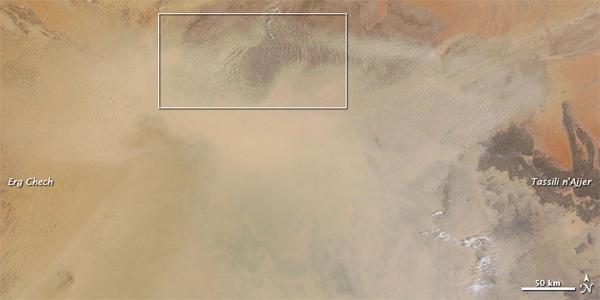
Average rainfall: 12.19 millimeters (0.48 inches) per year
This little town in central Algeria is the driest place in an already dry country. As if that isn't enough, it's also blazingly hot in Aoulef it is an oasis in the desert after all. A couple of palm trees separate the town from the surrounding miles of desert.
Pelican Point, Namibia
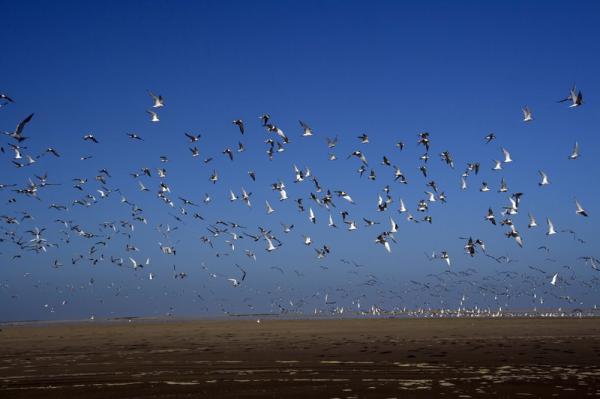
Average rainfall: 8.13 mm (0.32 in) per year
Pelican Point is a tiny jetty in the sand-dune-filled African country of Namibia, but even for a place known for dryness, it's a special case. Despite the dryness, it's still a much-lauded surfer spot showing once again that surfers will endure just about anything for the perfect wave.
Iquique, Chile

Average rainfall: 5.08 mm (0.2 in) per year
Get the world’s most fascinating discoveries delivered straight to your inbox.
This port city lies at the top of the long skinny country of Chile, and actually lies to the west of the well-known Atacama Desert. The surrounding desert is mined for the natural fertilizer nitrate, and the town does boast beaches for escaping the dry air. If rain does fall, it happens in January and February.
Wadi Halfa, Sudan
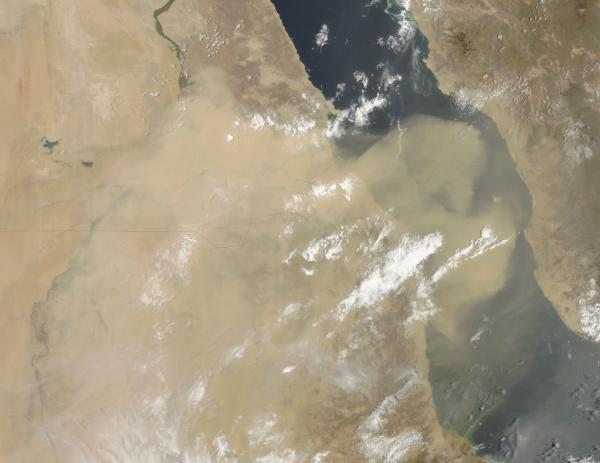
Average rainfall: 2.45 mm (0.096 in) per year
Dead center in the Sahara, Wadi Halfa is a picture-perfect desert town. The descending, drying air of the subtropical high in the region has a strong influence on the surrounding area, producing a dry and hot desert. [Related: The 9 Hottest Places on Earth ]
Ica, Peru

Average rainfall: 2.29 mm (0.09 in) per year
On the southern side of Lima, bordering the Atacama Desert, lies Ica. This dry dusty region wasn't always that way, though. In 2007, scientists found fossil evidence of a 4-foot-tall (1.2 meters) species of penguin that used to inhabit the area. The region's dry air makes pre-Columbian mummies prevalent, as human remains don't decompose without humidity. The city's climate also attracts people with asthma, who say their symptoms are much better in the dry air.
Luxor, Egypt
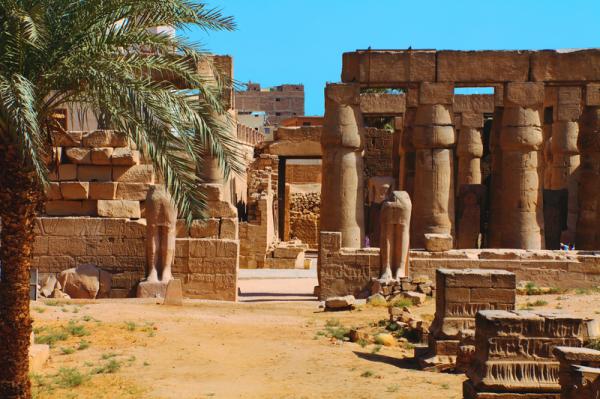
Average rainfall: 0.862 mm (0.034 in) per year
Luxor is home to a good chunk of the world's antiquities, and it's also a place that doesn't get much moisture. In the city's "cool" season, a hot wind known as khamsin sometimes blows in from the nearby Western Desert and may bring a sandstorm with it. The storms can last for two days and whip the air to a racecar-like 93 mph (150 kph) with a temperature increase of 20 degrees. Any raindrops that begin to fall immediately evaporate in the heated air. [Image Gallery: Amazing Egyptian Discoveries]
Aswan, Egypt

Average rainfall: 0.861mm (0.0338 in) per year
Aswan is a name that might be known best for a dam, but most of the time the city is entirely lacking in moisture. While some other parts of Egypt get breezes from the ocean, Aswan remains hot and dehydrated all year round. The city's proximity to the Tropic of Cancer also contributes to the high temperatures and dry weather. Winds that blast sand at 100 mph (161 kph) are common, and the stones that build the pyramids at Giza originally came from Aswan's dry valleys.
Al-Kufrah, Libya
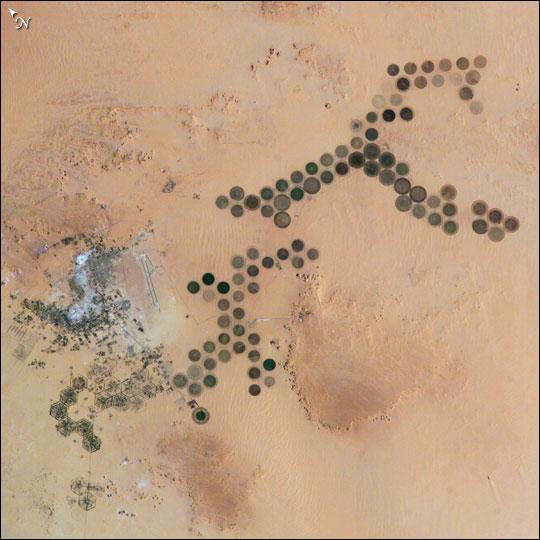
Average rainfall: 0.860 mm (0.0338 in) per year
The driest spot in Africa, Al-Kufrah has a handful of oases nearby where natural underground springs feed populations of people and animals. The main crops grown are peaches, dates and apricots. Nearby, the desert is low-lying and covered by sand dunes up to 980 feet (300 m) in height.
Arica, Chile

Average rainfall: 0.761 mm (0.03 in) per year
Arica is the driest city on the planet, though not quite the driest place. It's a port city, and despite the lack of wet stuff from the sky, Arica does have a high level of humidity and cloud cover. While the air is wet, the moisture doesn't quite make it to the ground. The surrounding Atacama Desert is in a rain shadow that squeezes moisture out over the mountains and carries only dry air to the desert some places in the desert have not received rain in more than 500 years!
Dry Valleys, Antarctica
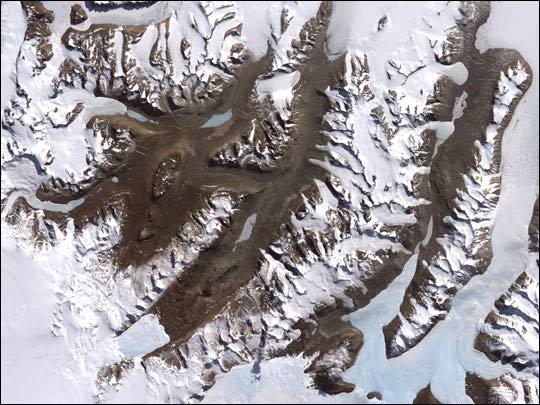
Average rainfall: 0
Though Antarctica summons a mental picture of snow-covered terrain, it's Dry Valleys are actually the world's driest spot. The valleys have extremely low humidity and almost no ice or snow cover the largest ice-free region on the continent. Nearby mountains are high enough that they block seaward flowing ice from reaching the valleys. The unique conditions are caused, in part, by powerful katabatic winds these occur when cold, dense air is pulled downhill by the force of gravity. The winds can reach speeds of 200 mph (322 kph), heating as they descend, and evaporating all water, ice and snow. The valleys are considered the closest of any of Earth's environments to the planet Mars, and scientists are studying the ecosystem to better understand the surface of the Red Planet.


